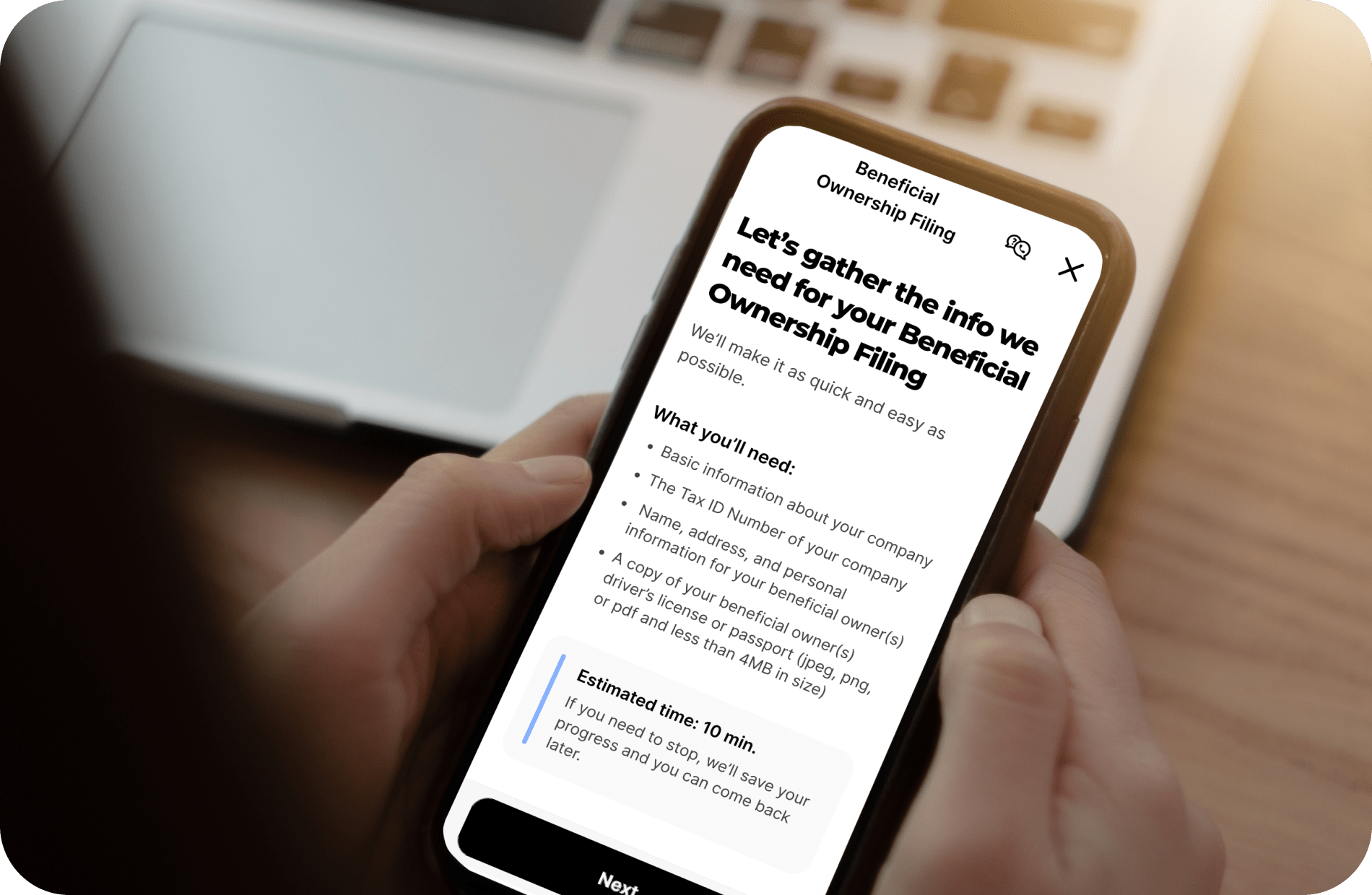Hiring employees is a key step that shifts small businesses from close-knit teams to organized structures, bringing a host of legal responsibilities that can feel overwhelming. Navigating these demands is essential for a smooth, compliant hiring process, where clarity on payroll and employment laws becomes vital. Implementing streamlined hiring practices and tapping into the right tools helps business owners handle these changes more confidently. Technology and expert guidance can also ease operations.
Navigating Employment Law: The Key to Business Success
Staying updated with the latest changes in labor laws is crucial for small businesses to maintain compliance and avoid costly legal issues. Employment regulations are constantly evolving, with new rules on overtime, independent contractors, and wage transparency emerging regularly. By engaging with legal experts who specialize in employment law, you can ensure that your business is always aligned with current regulations, thereby fostering a positive work environment. This proactive approach not only helps in avoiding unintentional violations but also boosts employee morale and productivity.
Streamlining Employee Payroll Preparations
Before you can start paying your employees, it’s crucial to establish a structured payroll process that ensures accuracy and compliance with tax regulations. Begin by obtaining the necessary tax identification numbers and selecting a consistent pay schedule that aligns with your business operations. Gathering all relevant payroll information, such as employee hours and salary details, is essential for calculating accurate paychecks and tax contributions. To simplify this process, consider using an all-in-one business platform like ZenBusiness, which can help you manage finances and even provide tax advice.
Streamline Employee Benefits with the Right Software
When you are managing a small business, selecting the right benefits administration platform can significantly enhance your efficiency and ensure compliance with regulatory requirements. These platforms consolidate all benefits-related data into a single, accessible portal, allowing you to easily manage and update information. By automating tasks such as eligibility checks and payroll deductions, you can reduce errors and save valuable time for your HR team. Moreover, these systems help you adhere to complex regulations, providing the necessary reports to demonstrate compliance.
Ensuring Fairness in Hiring Through Standardization
To foster fairness and consistency in your hiring process, it’s crucial to establish a standardized approach that treats all candidates equally. By implementing uniform interview questions and a structured evaluation system, you can minimize unconscious bias and promote diversity within your workforce. This method not only helps in leveling the playing field for all applicants but also reduces the risk of legal issues related to discrimination, which can lead to costly fines and lawsuits.
Monitoring Equal Opportunity Complaints
To maintain a fair and equitable workplace, it is crucial to establish a robust system for monitoring and addressing complaints related to equal employment opportunities. This involves designating a responsible individual, such as an ethics officer or diversity officer, to handle these issues effectively. By implementing thorough and consistent investigation procedures, you can ensure that complaints are addressed promptly and fairly, which helps in preventing systemic discrimination and harassment.
The Importance of Regular Training in Meeting Legal Standards
To ensure your small business complies with legal standards, it’s crucial to integrate ongoing training on company policies, codes of conduct, and ethical guidelines. This approach not only helps prevent potential legal issues but also fosters a culture of integrity and respect within your organization. Regular training sessions can be more effective than annual marathons, as they keep employees updated on the ever-evolving landscape of state and federal laws.
Adapting to Evolving Employee Benefits Regulations
Staying informed about the latest changes in employee benefits laws is crucial for small businesses to remain compliant and competitive. With the Affordable Care Act setting the 2025 affordability percentage at 9.02% for large employers, it’s essential to understand how these regulations might impact your offerings. Additionally, new guidelines such as the Gag Clause Prohibition Compliance Attestation and updates to the Mental Health Parity and Addiction Equity Act require careful attention.
Embracing these important legal steps not only safeguards your business from potential pitfalls but also positions it as a responsible and ethical employer. By prioritizing compliance and fairness, you lay the groundwork for a thriving workplace that attracts and retains top talent. This dedication to legal integrity will serve as a cornerstone for your business’s enduring success and stability.
Discover the vibrant community of Green Valley with the Greater Stillwater Chamber of Commerce and unlock opportunities to connect, grow, and thrive in our beautiful region!


.jpg)
